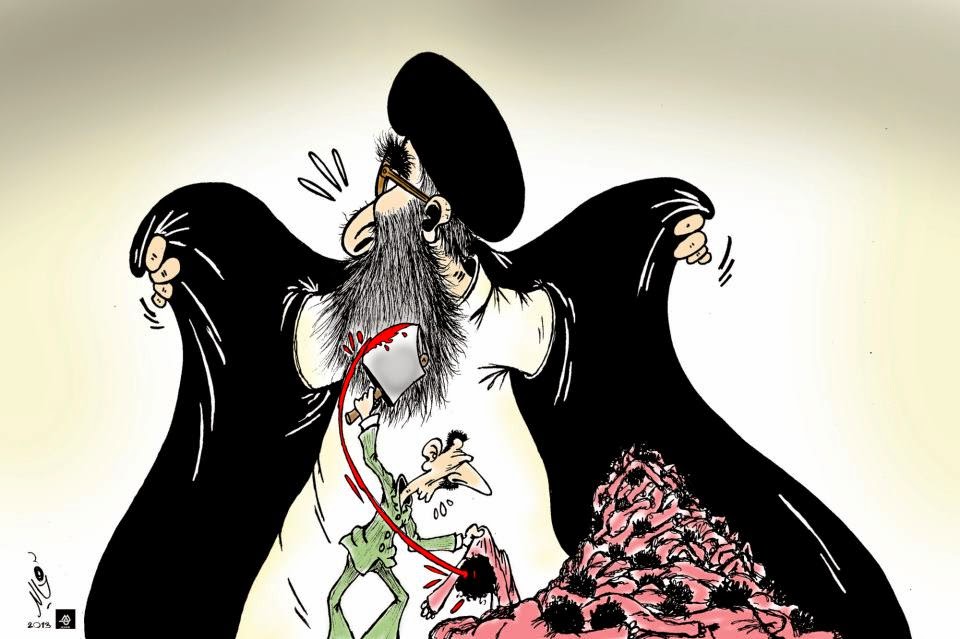Art and Punishment
 |
| Sit in at the Palace of Justice, May 15, 2014. Photo: Tarek Alghorani. |
The sit in took place in Tunisia for the immediate release of the blogger and human rights figther, Aziz Amami, who had been arrested two days before.
It was his second arrest, the first one coïncided with the onset of the revolution, at January 6, 2011, and the focus on him is thus manifestly politicial of character.
 |
| Sit in at the Palace of Justice, May 15, 2014. Photo: Tarek Alghorani. |
Since 2011 a new constitution is in place in Tunisia. Still, it is a matter of transitional justice, as Tarek Alghorani has aptly put it, and the road to instigate new institutions is not to go in the wrong direction, but to be as open as possible and dare do, what has not been done before.
Case in point, was Aziz Amami eventually freed for the second time, but prison takes it toll. The one, who is released, is a person who has experienced too much of the abuse, authorities can afflict on their citizens.
All of this came to mind a month later, when a member of the Swedish parliament belonging to the extreme right-wing party, Sverigedemokraterna (i.e. "Swedish Democrats"), Margaretha Larsson, brought up an artwork during a debate on the protection of children. The artwork in question was a mural by Carolina Falkholt, who had depicted the nether parts of a woman. Beautifully rendered with the psychedelic reminiscences from the 1970s that are typical of Falkholt's oeuvre. It can be seen here. I shall not show it here and now, simply because the debate has nothing to do with the particular work. It was just the excuse.
Margaretha Larsson sets her own stage by making a rather threadbare move. She declares, how, since all are oh, so politically correct, only politicians are able to speak up, and so makes herself a spokesperson to put it politely, or rather an oracle as the voice of freedom, and thus turns the table to what she actually brings up. The debate is of course in Swedish, and I apologize to all non-Swedish speaking readers:
In short, Margaretha Larsson reasons as follows:
1. Children must not be molested
2. This is an artwork, which molests
3. Children should not be exposed to such an artwork
Oh, no wait, this was what she concluded:
3. The Artist ought to be imprisoned
One heck of a broken syllogism. The conclusion ignores the two premises and runs along in its own direction. In other words, it is not about the children, nor is there any interest in discussing, what art can do or mean to us. The conclusion is a threat without substantiation.
And threats have no part in the pattern to a democracy.
We have a politician claiming, how she is not allowed her personal opinion; that the very fact that she have to give reasons for her claim on punishing the artist is proof of her lack of freedom. To this we can add that she defines herself as the protector of the innocent, which is a dangerous path in that protection is the very reason given each and every time for censorship in a dictatorial regime.
The role of Erasmus Rotterdamus is in this case taken on by Lars Ohly from the left-wing party Vänsterpartiet, underlining that neither she nor he are of papal authority; not answering to the laws of man. Art is outside the question of punishment. We welcome the provocation, art brings us, as part of the tolerance of democracy. If we deny ourselves that, our very democracy is at stake.
 |
| Sit in at the Palace of Justice, May 15, 2014. Photo: Tarek Alghorani. |
 |
| In front of the Palace of Justice, photo published May 23, 2014, Photo: Zwewla. |
In the meantime Zwewla is still awaiting possible legal action in Tunisia for painting graffiti on the need of social awareness, on the situation of the young, on unemployment, on poverty and all the rest that should remain hidden according to those in power to create a change.
As for Margaretha Larsson's party, they saw the writing on the wall - pun intended - and immediately stated that her proclamation had no affinity with the line of the party.


